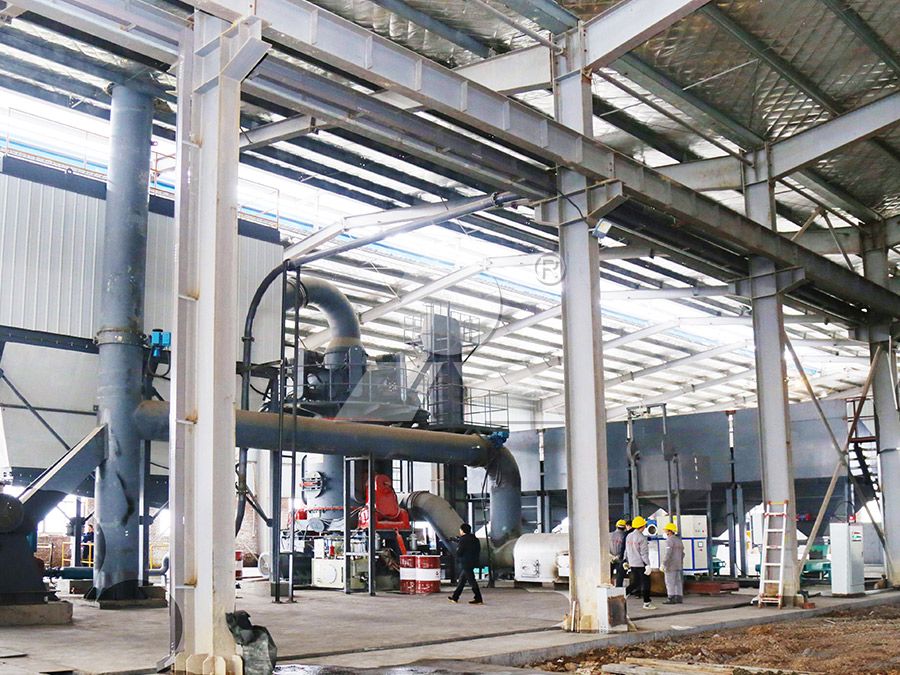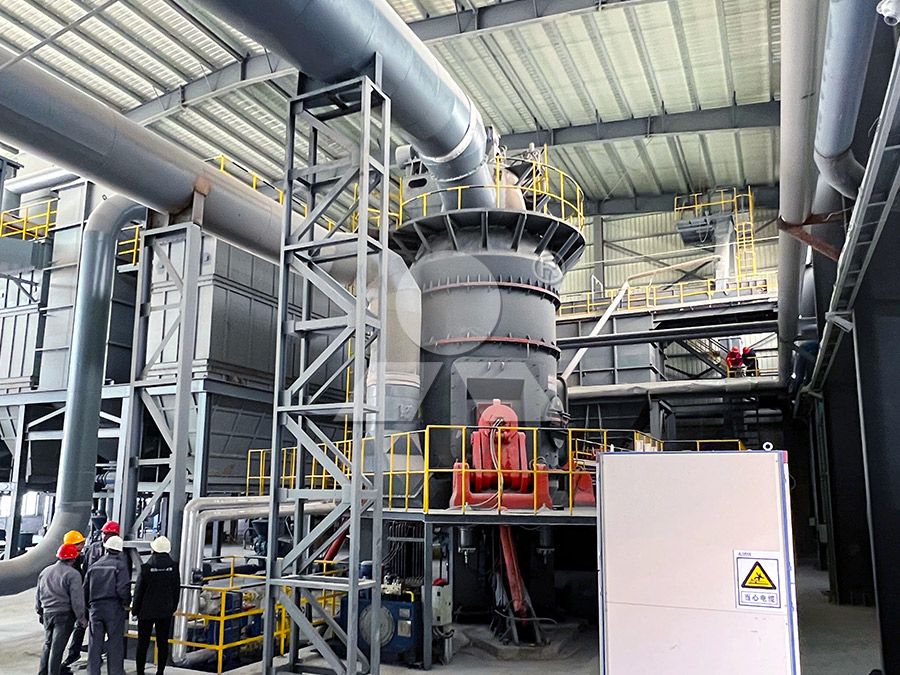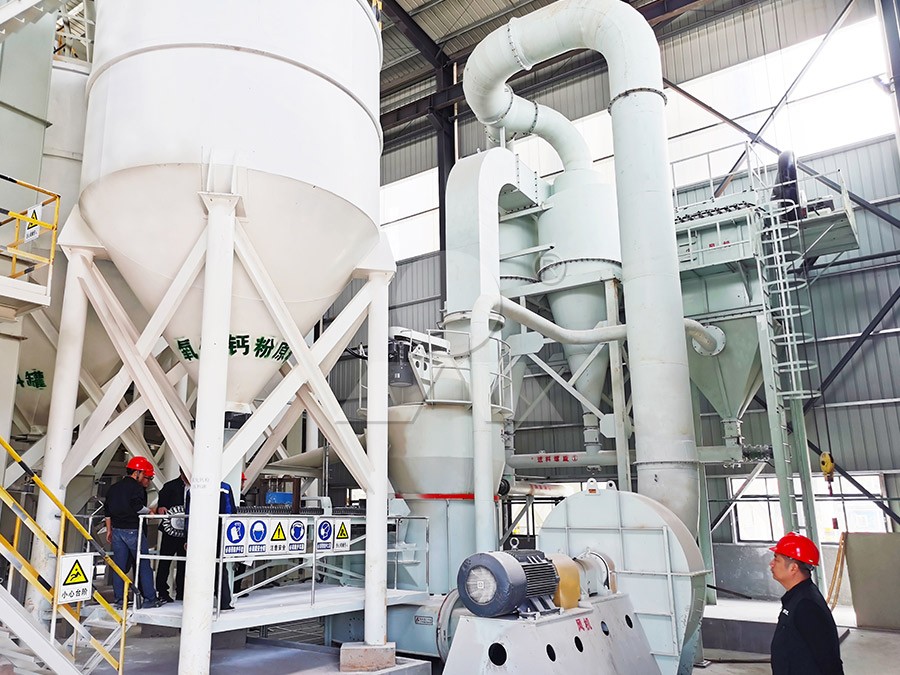White Cement Vertical Roller Mill: Key Features and Applications
White Cement Vertical Roller Mill: Key Features and Applications
In the specialized world of white cement production, achieving the perfect balance between product quality, energy efficiency, and environmental compliance requires precision engineering. Unlike ordinary gray cement, white cement demands exceptional purity, consistent fineness, and superior whiteness, making the choice of grinding technology paramount to success.

Core Operational Advantages
Vertical Roller Mills (VRMs) have revolutionized cement grinding with their unique dry grinding process that integrates crushing, grinding, drying, and classification in a single unit. For white cement applications, this technology offers distinct advantages over traditional ball mills, including significantly lower specific energy consumption—typically 30-50% less—and reduced space requirements.
The closed-system operation of VRMs prevents contamination from external sources, crucial for maintaining the high whiteness standards required in white cement. Additionally, the minimal iron content achieved through specialized grinding elements and the absence of direct metal-to-metal contact in the grinding zone ensure the final product’s purity remains uncompromised.
Specialized Applications in White Cement Production
White cement VRMs excel in processing raw materials like high-purity limestone, kaolin, and feldspar, where color consistency is critical. The technology’s ability to maintain precise temperature control during grinding prevents discoloration that can occur with excessive heat generation. Furthermore, advanced material separation systems within VRMs ensure uniform particle size distribution, contributing to better reflectivity and the brilliant white appearance that distinguishes premium white cement products.

Advanced Technological Features
Modern white cement VRMs incorporate several sophisticated features tailored to this demanding application. Hydraulic grinding pressure control allows operators to fine-tune the comminution process for different material characteristics. Advanced sealing systems prevent contamination while maintaining optimal operational conditions. Many systems also include automated control systems that continuously monitor and adjust parameters to maintain consistent product quality with minimal operator intervention.
For operations requiring ultra-fine powder production, our MW Ultrafine Grinding Mill presents an exceptional solution. With an input size of 0-20 mm and capacity ranging from 0.5-25 tph, this machine delivers superior performance for specialized applications. The MW Mill features higher yielding with lower energy consumption, achieving production capacity 40% higher than jet grinding mills with system energy consumption only 30% of comparable technologies. Its adjustable fineness between 325-2500 meshes, coupled with German cage-type powder selector technology, makes it ideal for premium white cement production where precise particle size control is essential.
Complementing this, our LUM Ultrafine Vertical Grinding Mill offers additional advantages with its input size of 0-10 mm and capacity of 5-18 tph. The LUM integrates the latest grinding roller technology with advanced powder separation, providing exceptional control over product characteristics. Its unique roller shell and lining plate grinding curve design generates material layers more effectively, enabling high rates of finished products through single-pass milling while enhancing whiteness and cleanliness.
Environmental and Economic Benefits
The environmental advantages of VRM technology align perfectly with modern manufacturing standards. Lower energy consumption directly translates to reduced carbon footprint, while integrated dust collection systems maintain clean operation. The compact footprint of vertical mills requires less building space and infrastructure investment compared to traditional grinding circuits.

Operational costs benefit from the technology’s reduced wear rates and maintenance requirements. With grinding elements designed for extended service life and quick replacement capabilities, downtime is minimized, maximizing production availability. The efficiency gains typically deliver return on investment within reasonable timeframes, making the technology economically attractive for both new installations and system upgrades.
Frequently Asked Questions
What makes vertical roller mills particularly suitable for white cement production?
VRMs offer superior contamination control, precise temperature management, and excellent particle size distribution control—all critical factors for maintaining the high whiteness and consistency required in white cement.
How does the energy consumption compare to traditional ball mills?
Vertical roller mills typically consume 30-50% less energy than ball mills for equivalent output, making them significantly more economical to operate while reducing environmental impact.
Can VRMs handle variations in raw material characteristics?
Yes, modern VRMs feature adjustable operational parameters that allow operators to compensate for variations in raw material hardness, moisture content, and composition while maintaining consistent product quality.
What maintenance requirements should be expected?
VRMs require periodic inspection and replacement of grinding elements, but advanced designs facilitate quick maintenance with features like reversible structures and external lubrication systems that minimize downtime.
How does the MW Ultrafine Grinding Mill enhance white cement quality?
The MW Mill’s precision particle size control, absence of internal screws and rolling bearings in the grinding chamber, and efficient dust collection system specifically benefit white cement production by ensuring product purity and consistent fineness.
